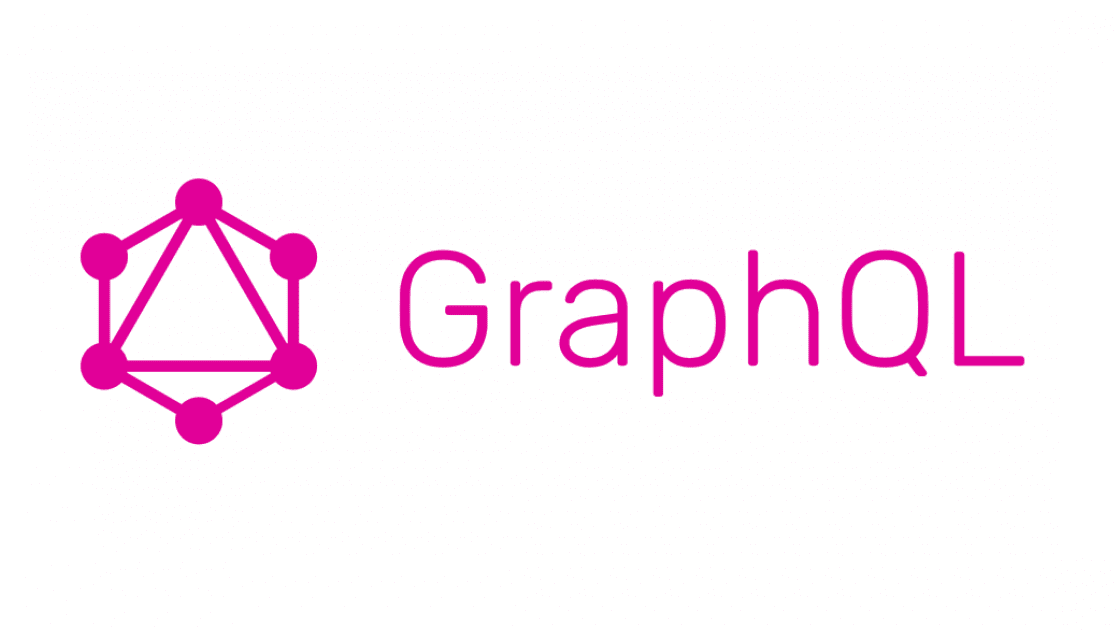GraphQL Uncovered: Crafting the Future of Data-Centric Apps.
Discover the essentials of GraphQL in this beginner’s guide. In this course, you’ll delve into the fundamental concepts of this renowned database, understand its benefits compared to conventional REST APIs, and acquire hands-on expertise to craft and deploy data-centric applications.
Introduction
Welcome to the GraphQL course for beginners! In this course, we will embark on a journey to understand the fundamentals of GraphQL, a query language for your API, and a server-side runtime for executing those queries by using a type system you define for your data. By the end of this course, you’ll have a solid understanding of how to set up, query, and mutate data using GraphQL.
1. What is GraphQL?
- Definition: GraphQL is a query language for APIs and a runtime for executing those queries. Unlike REST, which exposes a fixed set of endpoints for each resource, GraphQL allows clients to request exactly the data they need, no more, no less. A data query language and runtime to execute those queries against a type system you define for your data.
- Origin: Developed by Facebook in 2012 and released as an open-source project in 2015.
-
Comparison: Unlike REST, which exposes multiple endpoints for different resources, GraphQL exposes a single consistent endpoint for all interactions.
- Benefits:
- Precise data fetching
- Strongly typed schema
- Single endpoint for all interactions
What Is GraphQL? REST vs. GraphQL by Alex Xu (ByteByteGo)
GraphQL vs REST: Which is Better for APIs? by IBM
2. Query Basics
- Structure: A GraphQL query is a string interpreted by a server that returns data in a specified format.
- Fields: At its simplest, GraphQL is about asking for specific fields on objects, Fundamental units in GraphQL which represent the data you can fetch.
- Selection Sets: A set of fields requested in an operation, allowing for nested requests.
- Arguments: Can be added to fields to get specific data, similar to parameters in a function.
-
Example:
{ user { name age } }
3. Making a GraphQL Server (with Apollo)
- Apollo Server: A community-driven, open-source GraphQL server that works with any GraphQL schema.
- Setup:
- Install Apollo Server and GraphQL.
- Define your GraphQL schema.
- Define your data set.
- Create an instance of ApolloServer.
- Start the server.
- Apollo: A popular GraphQL implementation that helps you manage data from the cloud to your UI.
- Integration: Apollo can be integrated with popular frontend frameworks like React, Vue, and Angular.
- Apollo Client: Helps manage local and remote data with GraphQL, making it easier to fetch, cache, and mutate data.
4. Schema & Types
- Schema: A schema defines the shape of your data graph. It specifies the types of queries and mutations that are available.
- Basic Types:
StringIntFloatBooleanID
- Custom Types: Define complex types like
User,Post, etc. - Role: The schema defines the capabilities of the API by specifying data types and the operations available.
- Scalar Types: Basic built-in types like
String,Int,Float,Boolean, andID. - Object Types: Custom types representing objects you can fetch from the API.
5. Resolver Functions
- Definition: Resolvers provide the instructions for turning a GraphQL operation into data.
- Purpose: They resolve the query to actual data from various sources like a database, third-party API, etc.
- Role: They are functions that handle the process of fetching the data for a specific field in the schema.
- Data Sources: Resolvers can retrieve data from various sources, including databases, APIs, and third-party services.
6. Query Variables
- Purpose: Variables allow you to reuse the same query/mutation with different input arguments.
- Usage: Instead of hardcoding values, use
$variableNamein the query/mutation and pass an additionalvariablesfield in the GraphQL request. - Dynamic Queries: Instead of hardcoding values, variables allow for dynamic data fetching.
- Syntax: Variables are defined with a
$prefix and can be used in place of constant values.
7. Related Data
- Nested Queries: GraphQL allows for nested queries to fetch related data.
- Connections: GraphQL allows for fetching related data through nested queries, enabling efficient data retrieval without multiple requests.
- Example: Fetching a user and their posts. Fetching a user and all their comments or posts in a single query.
8. Mutations (Adding & Deleting Data)
- Definition: Mutations allow clients to change data on the server.
- Role: While queries fetch data, mutations change data. They can add, modify, or delete data.
- Input Types: Often used in mutations to specify the data you want to send to the server.
- Types:
create: Add new data.delete: Remove existing data.
9. Update Mutation
- Purpose: Modify existing data on the server.
- Usage: Similar to add/delete but requires identifying which data to update.
- Modification: This mutation alters existing data. It requires specifying which data entry to update and the new values.
- Feedback: After an update mutation, the server often returns the updated data for confirmation.
Watch, learn and code
GraphQL Course for Beginners by Course developed by @NetNinja, https://netninja.dev on freeCodeCamp.org
GraphQL Crash Course by Course developed by @NetNinja
GraphQL Course - Beginner To Expert by PedroTech
- Learn GraphQL for in-depth knowledge.
- GraphQL Tutorials to elevate your developer expertise through our practical GraphQL tutorials and sessions.
System Design Fundamentals
You’re now equipped to build efficient, flexible, and powerful APIs using GraphQL. Dive deeper, practice, and explore the vast world of GraphQL.
By understanding these topics in-depth, you’ll have a comprehensive grasp of GraphQL’s capabilities and how it revolutionizes the way we interact with APIs.
Happy Coding!






Comments